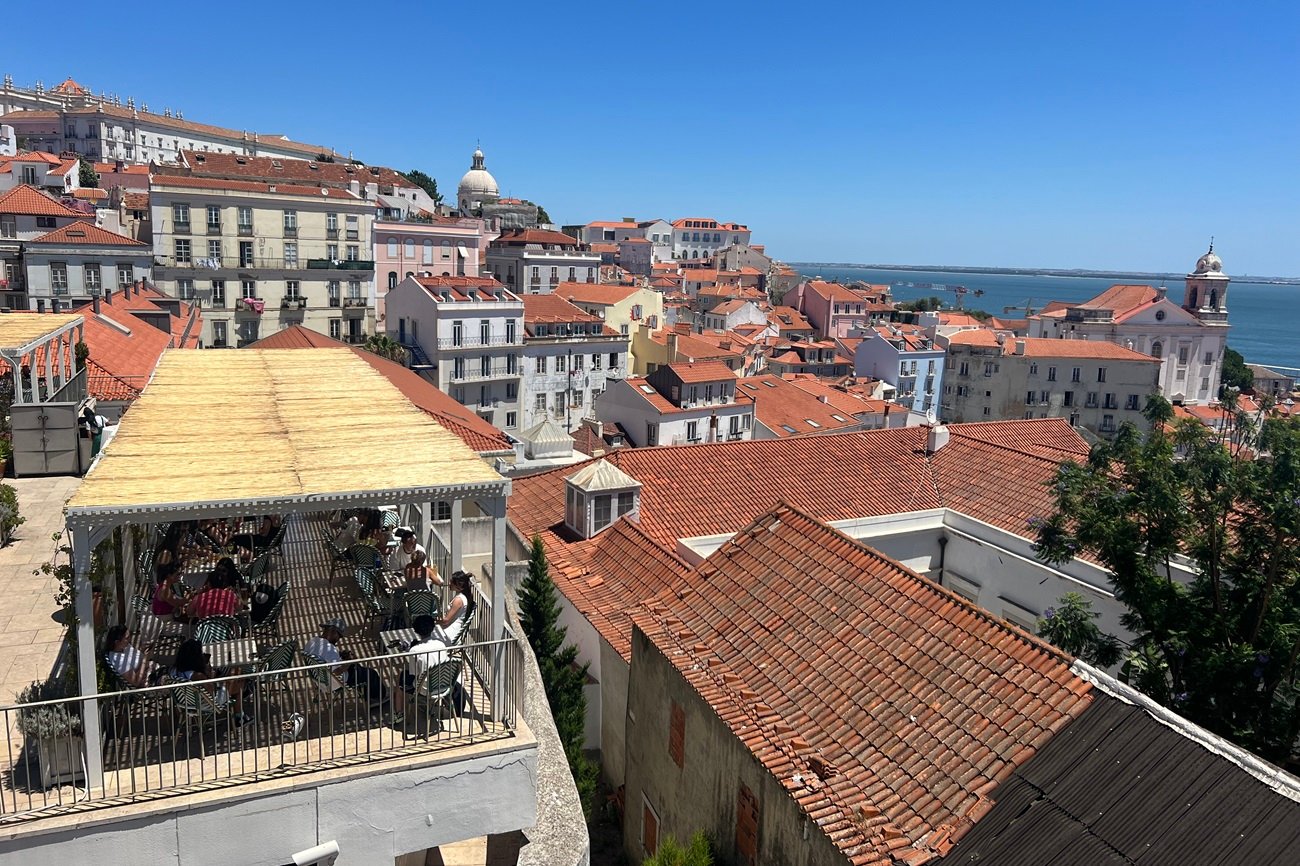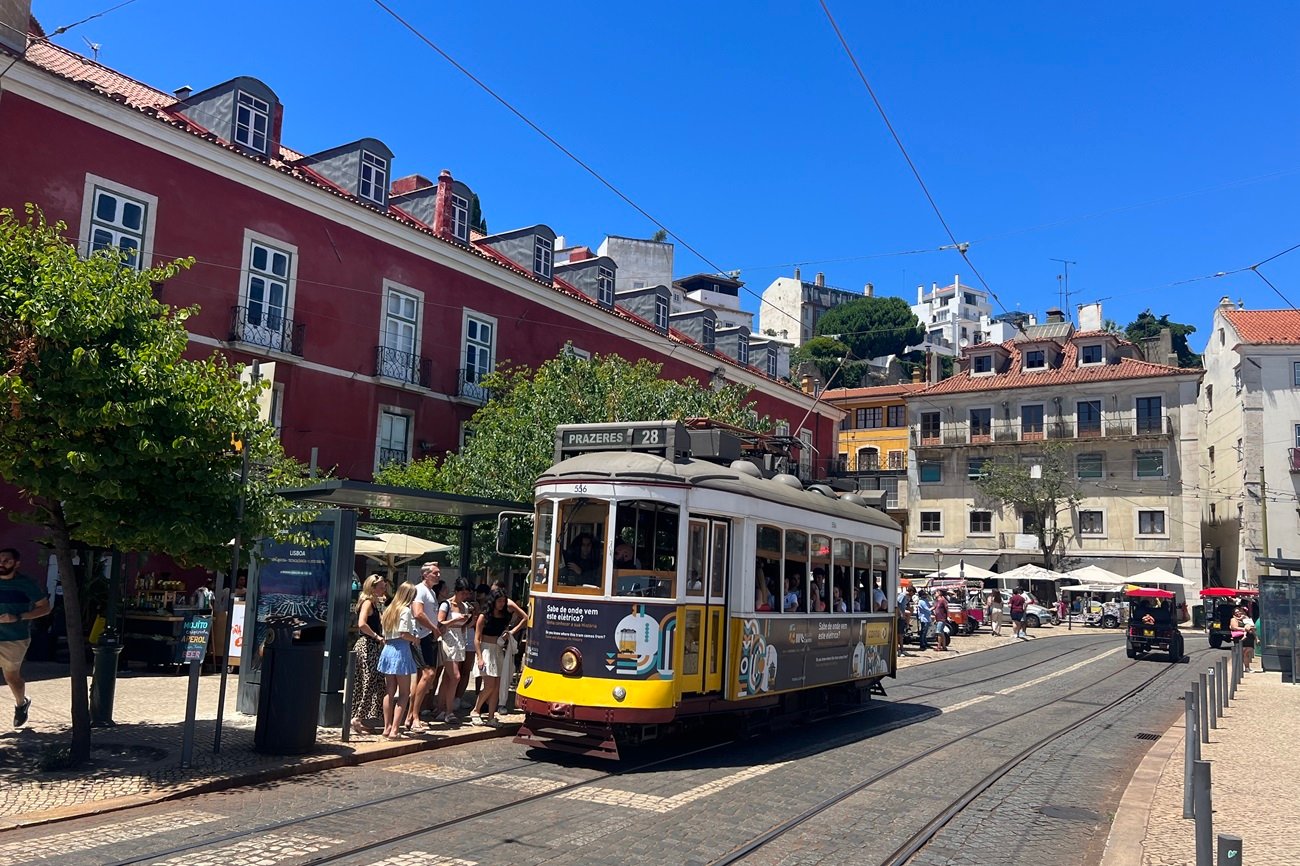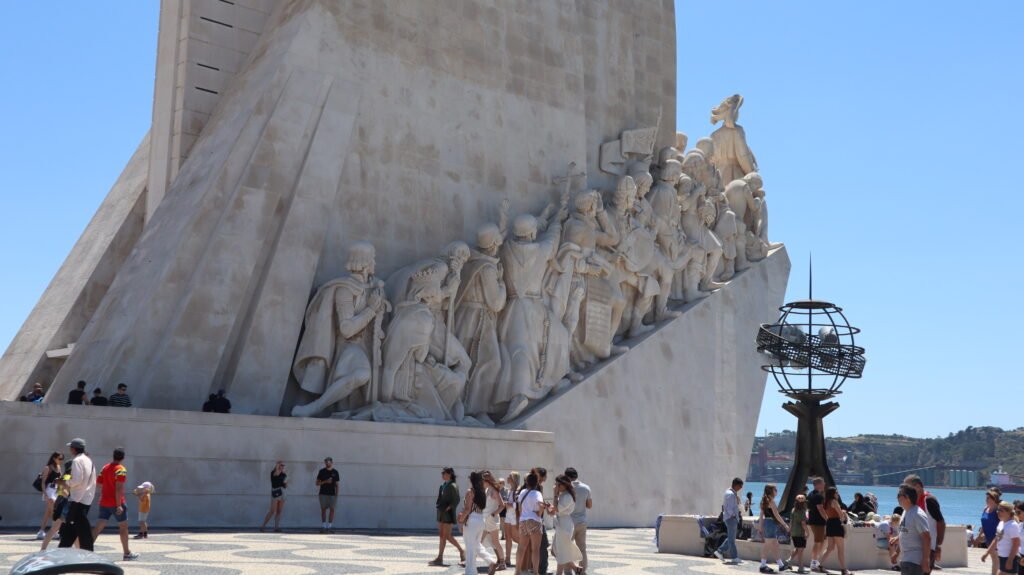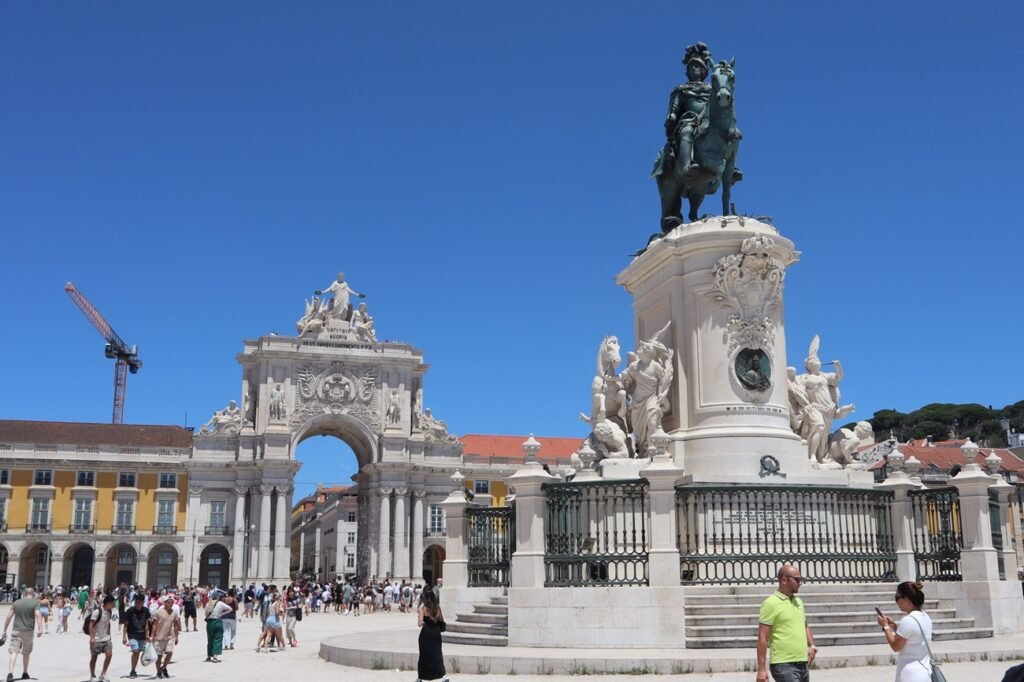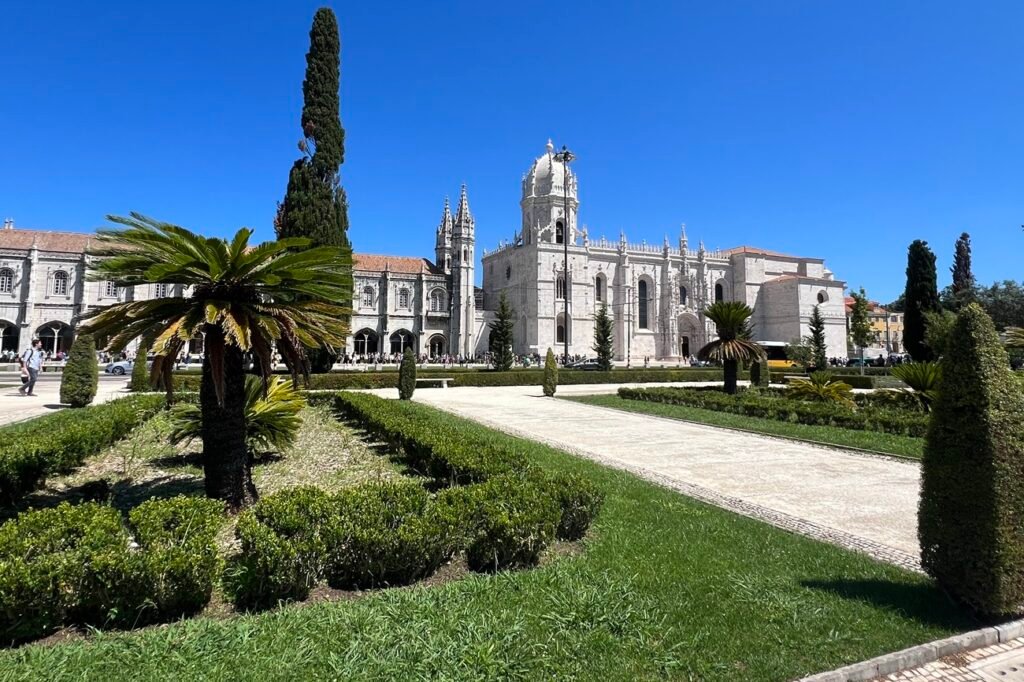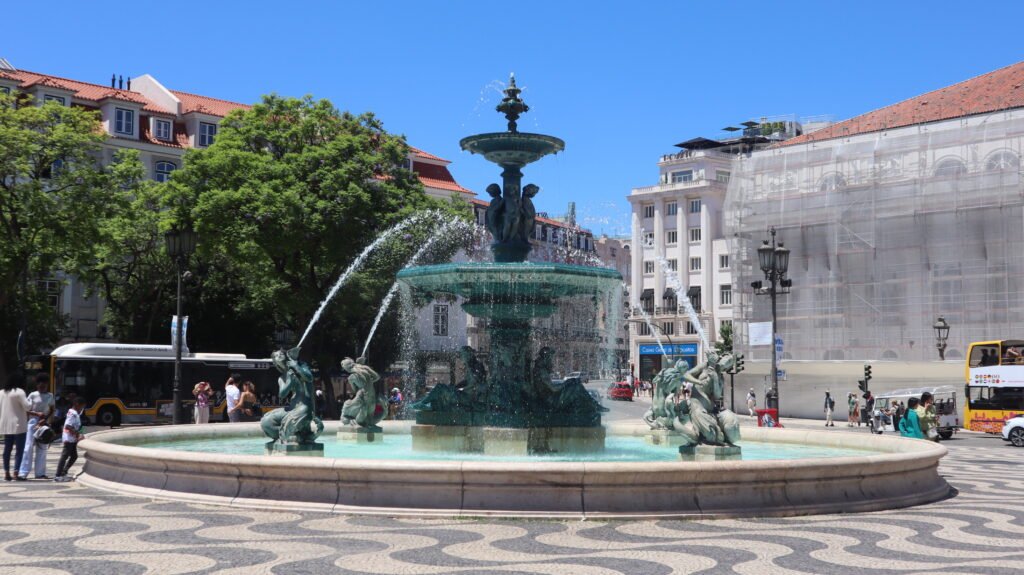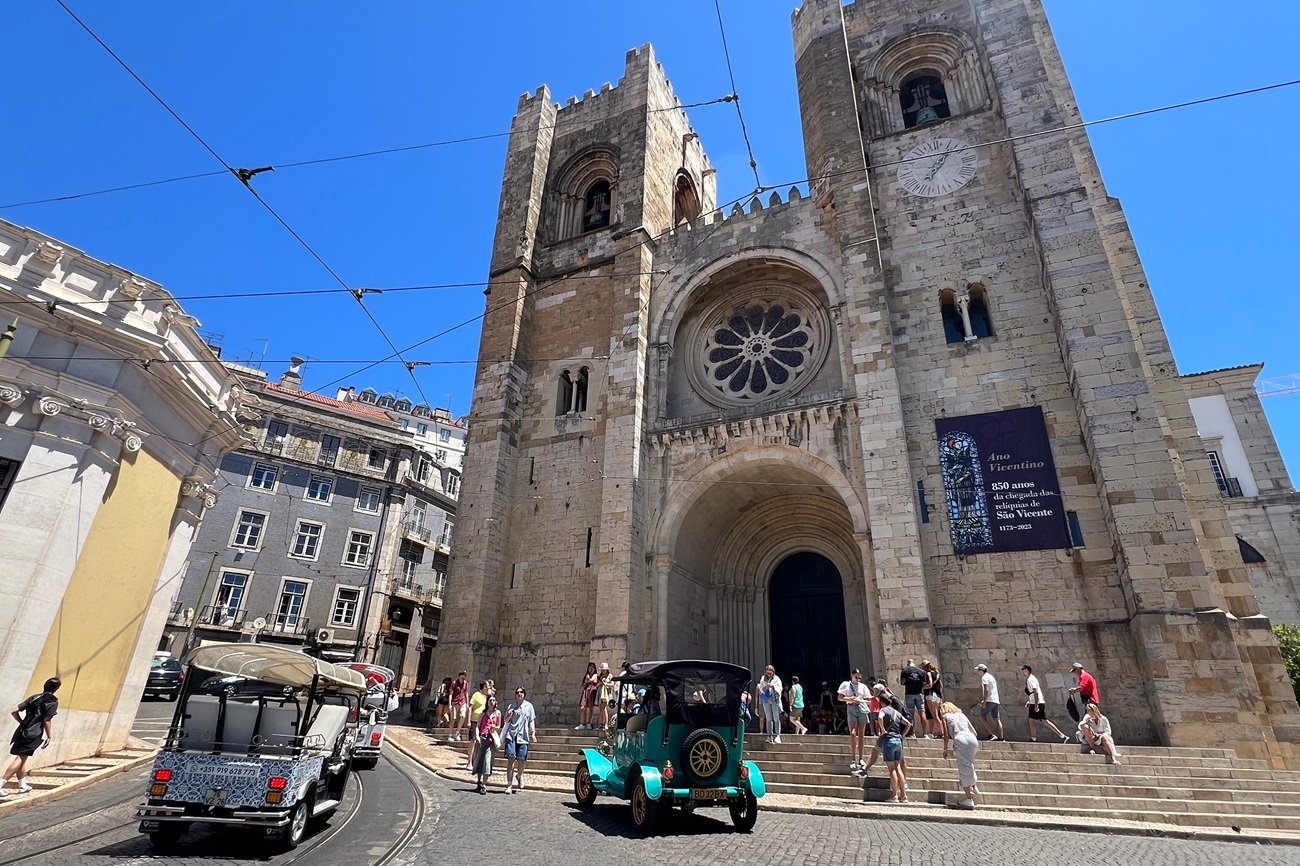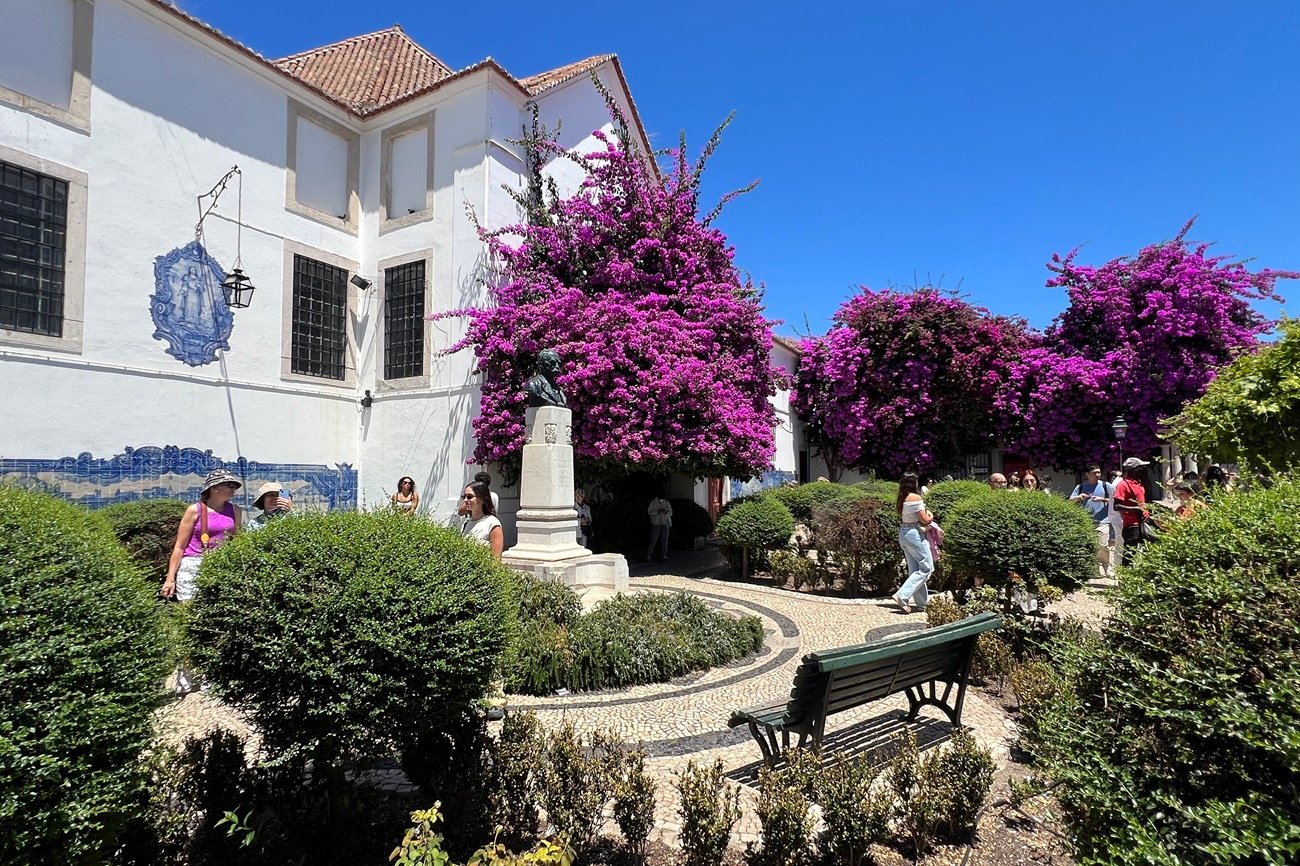Lisbon is older than
the Roman Empire
It's rich history gave it many cultural and colourful layers making it one of the most beautiful cities in Europe.
It is believed to have been founded by the Phoenicians, thanks to its location it was an important trading port along the Tagus River. It later became an important strategic point during the Roman Empire. The city hides many spots with roman ruins from this era. After the fall of the Empire, Lisbon flourished again when the Moors ruled it becoming an important cultural and trading centre. Finally in the 12th century it was recaptured by the Christians during the Second Crusade.
The Era of Discoveries brought riches to Lisbon and made many breathtaking marks on the city. The cobblestone alleys of Alfama, with their narrow paths, allow you to lose yourself in the soul of the city, where Fado music plays in the local taverns. Located on the edge of Atlantic ocean the city represents a perfect union of the past and the present. The age of Discoveries brought many iconic landmarks such as the Belém Tower and the Gothic arches of Jerónimos Monastery. Commercial Square, particularly during golden sunset hours, reminds you that the city was once the launching point for explorers, like Vasco da Gama, who dared to dream beyond the horizon. There are many private tours focusing on specific theme or top highlights as Lisbon has so many historical and cultural layers to it.
Comfortable footwear is crucial while marching through Lisbon’s hills which rise and fall, bringing new spectacular views from each viewpoint. The best perspective on the sunny glow over the ocean of red city roofs can be caught from the heights of the ancient São Jorge Castle which history dates back to when it was first fortified by the Phoenicians.
Not everyone knows Lisbon was almost completely destroyed by the 1755 Earthquake which was followed by a tsunami and many fires. The Marquis of Pombal led the city’s reconstruction. Now Pombal Square is a tribute to the statesman who played a pivotal role in rebuilding Lisbon. It is located right at the end of the famous Avenida da Liberdade, a grand boulevard lined with trees, shops, cafes, and luxury hotels.
Physical beauty of Lisbon is not the only attraction, it’s a feast for all other senses where the aroma of freshly baked pastéis de nata meets rumbling sound of local trams and music played around each corner. This vibrant sensory experience requires a separate chapter to allow for a glimpse of what the city has to offer.
